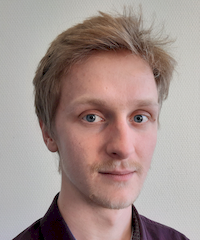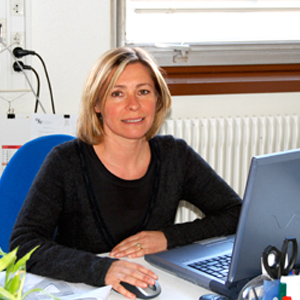
P2DA - Polyamines & Porphyrins: Development & Applications
P2DA (Polyamines & Porphyrins: Development & Applications) is a research group devoted to the use of nitrogen-containing materials (i.e., linear and cyclic polyamines, heterocycles including porphyrins). Three main topics are currently at the very heart of the P2DA activity:
1- Metal coordination: the recognition, the detection, or the separation of various guests (metal cations, gases). This activity encompasses hybrid functional molecules and materials (including Metal or Covalent Organic Frameworks (MOFs, COFs)), which are used for sensing metal cations, gas adsorption (CO2 or CO trapping), solid/liquid extraction processes (removal of lead from drinking water, decontamination of radioactive wastes) and catalysis.
2- Health chemistry (divided in both "chemistry for imaging" and "smart probes"): medical imaging/health applications developed by P2DA include the synthesis of new multimodal contrast agents and theranostics and the labelling of biomolecules (peptides or antibodies) for medical imaging. Numerous radioisotopes are currently investigated and used in nuclear medicine for diagnostic and therapeutic purposes. We also develop bifunctional chelating agents that contain both coordinating arms and a suitable functional group for bioconjugation to biological vectors, and organic-based fluorophores (BODIPY, cyanines, porphyrins, phtalocyanines, etc.), and related "smart" fluorogenic probes to address biological questions through biosensing operations or bioimaging.
3- L.I.A.: the L.I.A. (Laboratoire International Associé) « LAMREM » (for LAboratoty of Macrocycles systems and RElated Materials) is a joint French-Russian laboratory organized by CNRS and Russian Academy of Sciences to develop functional materials based on nitrogen donating ligands for artificial mimicking of photosynthesis, selective gas adsorption, detection of environmentally toxic molecules and catalysis.















































